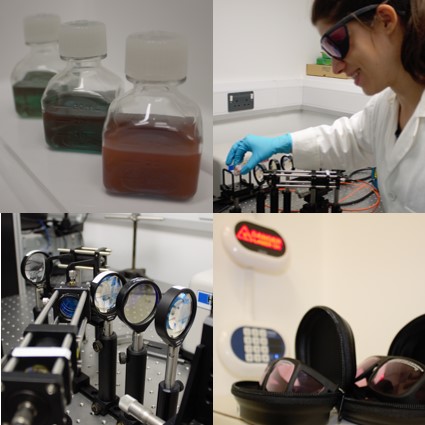BioSpec
BioSpec

Deep Raman techniques are a loose term that refers to Raman variants that permit subsurface probing and include spatially offset Raman spectroscopy (SORS)[1], inverse spatially offset Raman spectroscopy (iSORS) and transmission Raman, which in diffusely scattering samples allow controlled exploration of complex scattering samples at depths from µm up to limits of 5-6cm’s.
What the Deep Raman techniques have in common are different ways to separate the laser beam illumination zone on the sample surface and the Raman collection zone, which is important in diffusely scattering samples. In general terms as the Raman collection zone is further separated from the illumination zone, in diffusely scattering samples you get an increasing contribution from the sub surface in your collected Raman signal, as opposed to a signal that would usually be dominated by surface constituents in typical Raman setups. These techniques have been demonstrated in a range of ways including looking at artwork and pharmaceuticals [2, 3].
References